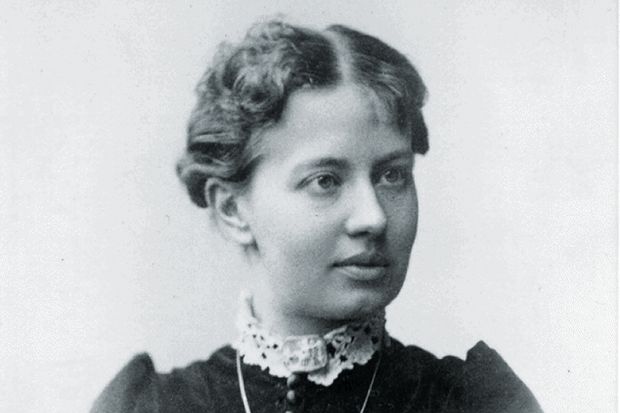Stereotypes about attractiveness and androgyny still hold back the progress of women in the sciences and mathematics, a scholar has argued.
Eva Maria Kaufholz, a PhD student at Johannes Gutenberg University of Mainz, has traced these stereotypes back to literature on the Russian mathematician Sofia Kovalevskaya (1850-91), the first woman to obtain a full professorship in Northern Europe.
Early biographers claimed that Kovalevskaya’s achievements were partly spurred on by her jealousy of a more attractive sister or that her allegedly androgynous looks reflected the fact that, by excelling in mathematics, she had broken down a “natural barrier” between the sexes.
Later writers, keen to present her as a role model, assured their readers that the professor at what is now Stockholm University was “the full package” and “the best-looking mathematician of either sex”.
Ms Kaufholz said that similar stereotypes can still be found. Examples were pink “I’m too pretty to do maths” T-shirts and the online comments when the late Maryam Mirzakhani became the first woman to win the Fields Medal in 2014 (“Congrats! She’s very beautiful” and “That’s a female? She has more testosterone than I do”). Equally pernicious was the continuing “gender bias in the attribution of creativity”, based on the age-old assumption that women can be competent scientists but never truly creative.
The stress on looks and androgyny, however, had also led to what Ms Kaufholz described as “a counter-movement assuring us that even female mathematicians and scientists can be sexy”. She cited Marie Noëlle’s 2016 film Marie Curie: The Courage of Knowledge, in which the Nobel prizewinner – described by one reviewer as “so hot, she’s radioactive” – devotes most of her time and energy to a passionate affair with a married man.
Although Ms Kaufholz acknowledged that such portrayals “have feminist interests at heart and want to show that you don’t have to be ugly to be a mathematician”, she was opposed to their continuing stress on “body consciousness” rather than achievement. Presenting her research at Imperial College London earlier this month, she ended her talk with a montage of photographs showing colleagues of many different shapes and sizes in order to demonstrate that “being a female mathematician is not connected with the way you look or present yourself”.
“You wouldn’t have a movie where Albert Einstein is chopping wood so we are sure he’s a man,” Ms Kaufholz pointed out. “Nobody has ever considered that to be necessary. But we need to assure viewer that [female scientists] are women. And that can only done in a sexual way.”
Register to continue
Why register?
- Registration is free and only takes a moment
- Once registered, you can read 3 articles a month
- Sign up for our newsletter
Subscribe
Or subscribe for unlimited access to:
- Unlimited access to news, views, insights & reviews
- Digital editions
- Digital access to THE’s university and college rankings analysis
Already registered or a current subscriber? Login








